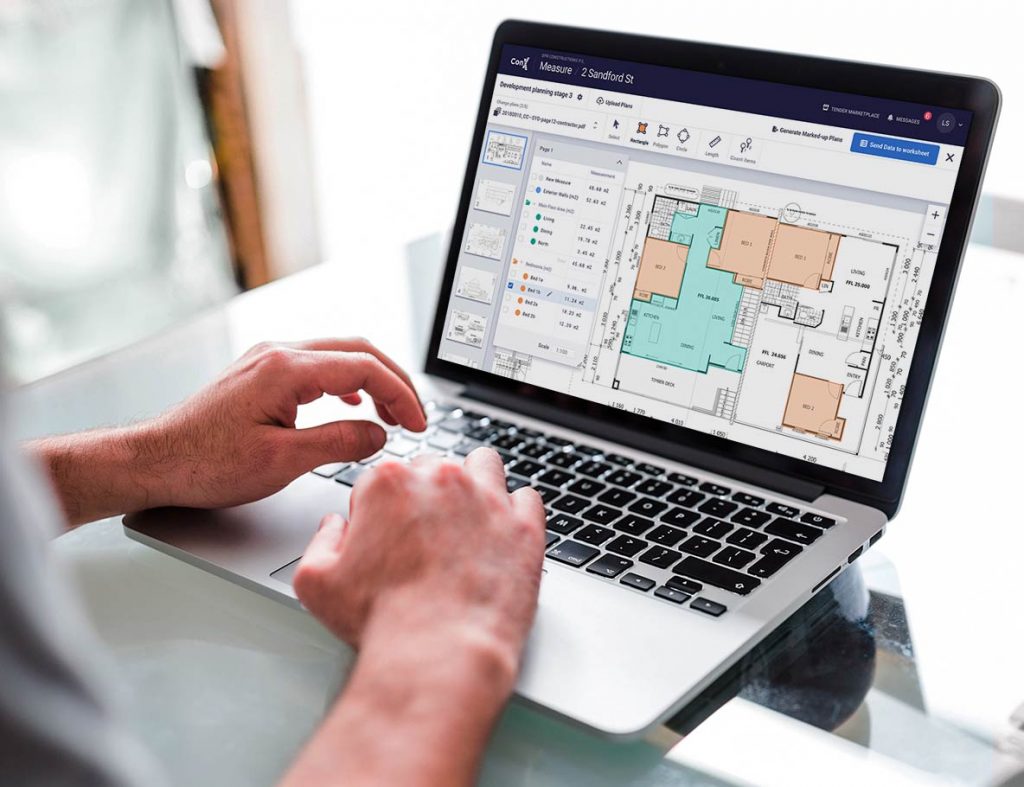What Are the Benefits of Material Quantity Takeoff Construction?

Measuring how much stuff we need for building work is super important and vital. This involves figuring out how much money all the needed materials will cost for a project. Doing proper and exact counting of construction materials gives many benefits to building companies, owners, and teams working on projects. These groups are all involved in the process of building structures. This article will look at the five main benefits of carefully counting how much material is needed for building jobs.
- More accurate cost estimates
One of the best things about measuring how much material is needed is that you can make better cost guesses. Measuring and figuring out the amount of stuff needed. This can help builders set more precise money plans for a project’s entire cost.
Material takeoff helps people working on project estimates make sure they have all needed supplies. This makes it easier for them to know how much things like building parts, decoration materials, rented tools, and other important resources will cost in construction work. Instead of using big guesses for how to use materials, a careful takeoff helps with number-based estimates.
More accurate budgeting through material quantity takeoff means fewer unexpected costs arising during construction. Project owners can be confident that the bids reflected in the contract will closely match the actual costs. There is less risk of budget overruns, change orders, and disputes when the upfront estimate is thorough and precise.
- Improved Material Planning and Logistics
In addition to estimating costs, material quantity takeoffs also play a vital role in planning the purchasing and delivery of construction materials. By carefully measuring the material quantities needed for the project, the contractor can plan orders and shipments down to the last piece.
Proper planning of material quantities ensures that the necessary resources are available when each phase of construction begins. There are no shortages or surpluses that could delay the schedule or lead to extra expenses for urgent material orders. Effective logistics prevents slowdowns and keeps the project timeline on track.
The quantity takeoff data also aids in the planning of material staging and storage at the construction site. With detailed counts of all materials on order, the contractor can allocate sufficient space for inventory and material handling. This type of planning prevents overcrowding and makes it easier to find and track materials when needed.
- Minimized Material Waste
When material orders are based on careful quantity takeoffs, it reduces surplus materials left after project completion. There is less chance of over ordering supplies that ultimately go unused, saving on expenses.
Careful measurement also means less waste is generated during construction. With detailed material requirements in hand, workers can plan cuts and installs to maximize use of each piece and minimize scraps. Projects that undergo thorough quantity takeoffs can achieve over 95 percent efficiency in material usage.
Proper quantities also prevent shortages that could require last-minute material orders. Rush orders often result in high premiums, overnight shipping fees, and other excessive costs that cut into the project budget. Effective takeoffs help optimize material usage for the whole construction process.
- Increased Accuracy of Construction Documents
The process of performing a quantity takeoff relies heavily on in-depth analysis of the project’s drawings, specifications, and other construction documents. By thoroughly reviewing these documents, estimators can uncover any inconsistencies, errors, or omissions early in the process.
Errors in the source documents will lead to incorrect takeoffs and cost estimates. By thoroughly scrutinizing the details as part of estimating, flaws can be identified and corrected by the design team before full construction begins.
Making these document checks and corrections early prevents expensive change orders down the line. It also minimizes instances of rework in cases where the installed work does not match the plans. This protection against errors and revisions makes the overall project more accurate and cost-effective.
- Facilitates value engineering
Finally, the quantity takeoff process presents opportunities for value engineering to refine the project plan and maximize cost efficiency. As part of the detailed estimation, the contractor can analyze material choices and suggest any alternatives that provide cost savings.
With a full tally of quantities needed, the contractor can easily compare pricing and performance factors for different material options. If lower-cost substitutions are identified, the owner or designer can decide if implementing them makes sense for the overall budget and quality of the project.
Making these value engineering proposals during pre construction requires estimating the data produced by the quantity takeoff process. The ability to evaluate and recommend cost-saving options delivers significant value for the owner’s budget and investment.
- Better collaboration with project stakeholders
Completing detailed material quantity takeoffs allows contractors to collaborate more effectively with project owners, architects, engineers, and subcontractors. By sharing the itemized takeoff data, all parties can get on the same page regarding project costs, material requirements, and construction plans. This alignment enables more collaborative decision-making when it comes to value engineering, budgeting, and project milestones.
- Earlier Identification of Constructability Issues
The process of measuring material quantities encourages contractors to thoroughly review project drawings and specifications for constructability issues. Estimators can identify design elements that may be difficult or expensive to actually construct. Catching these issues early allows time for designers to modify the plans to reduce complications during construction.
- Improved Ability to Estimate Change Orders
When changes arise during construction, detailed takeoff data enables contractors to rapidly assess the costs of change orders. Having material quantities already measured allows estimators to determine adjustments to budgets quickly. This allows change orders to be priced and approved faster, so work can continue without delays.
Conclusion
Performing detailed material quantity takeoffs provides immense benefits throughout the construction process. The quantified data serves as the foundation for accurate cost estimates and budgets that prevent hidden expenses. Material planning and logistics also improve greatly when detailed quantities are calculated for all required resources.
Waste is minimized, efficiency is maximized, and problems with project documents can be corrected earlier when material takeoffs are thorough. For these reasons, investing the time and effort to perform quantity takeoffs delivers major advantages for contractors, owners, and project teams. Leveraging quantity takeoff construction estimating tools like Remote Estimation can streamline the takeoff process while still capturing all necessary measurements.




